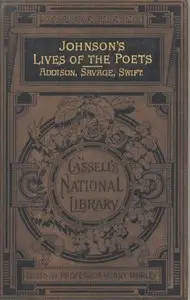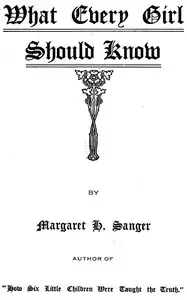"Personal Memoirs of P. H. Sheridan, Volume 2, Part 5" by Philip Henry Sheridan is a recollection of the climactic battles of the American Civil War, penned from the perspective of a commanding general. The book recounts the strategic decisions, challenges, and combat experiences focusing on key battles that led to the Confederacy's downfall. Starting with observations from the battle at Dinwiddie Court House, it follows the Union army's tactical moves and communications through conflicts such as Five Forks and Sailor’s Creek, leading to General Lee surrendering, and vividly portrays Sheridan's leadership and details the intensity of war as the Union army closed in in the final days of the Civil War.

Personal Memoirs of P. H. Sheridan, Volume 2, Part 5
By Philip Henry Sheridan
Witness firsthand the military strategies and intense battles that brought a nation to peace through the eyes of a Union general during the Civil War's final, decisive days.
Summary
About the AuthorPhilip Henry Sheridan was a career United States Army officer and a Union general in the American Civil War. His career was noted for his rapid rise to major general and his close association with General-in-chief Ulysses S. Grant, who transferred Sheridan from command of an infantry division in the Western Theater to lead the Cavalry Corps of the Army of the Potomac in the East. In 1864, he defeated Confederate forces under General Jubal Early in the Shenandoah Valley and his destruction of the economic infrastructure of the Valley, called "The Burning" by residents, was one of the first uses of scorched-earth tactics in the war. In 1865, his cavalry pursued Gen. Robert E. Lee and was instrumental in forcing his surrender at Appomattox Courthouse.
Philip Henry Sheridan was a career United States Army officer and a Union general in the American Civil War. His career was noted for his rapid rise to major general and his close association with General-in-chief Ulysses S. Grant, who transferred Sheridan from command of an infantry division in the Western Theater to lead the Cavalry Corps of the Army of the Potomac in the East. In 1864, he defeated Confederate forces under General Jubal Early in the Shenandoah Valley and his destruction of the economic infrastructure of the Valley, called "The Burning" by residents, was one of the first uses of scorched-earth tactics in the war. In 1865, his cavalry pursued Gen. Robert E. Lee and was instrumental in forcing his surrender at Appomattox Courthouse.
















